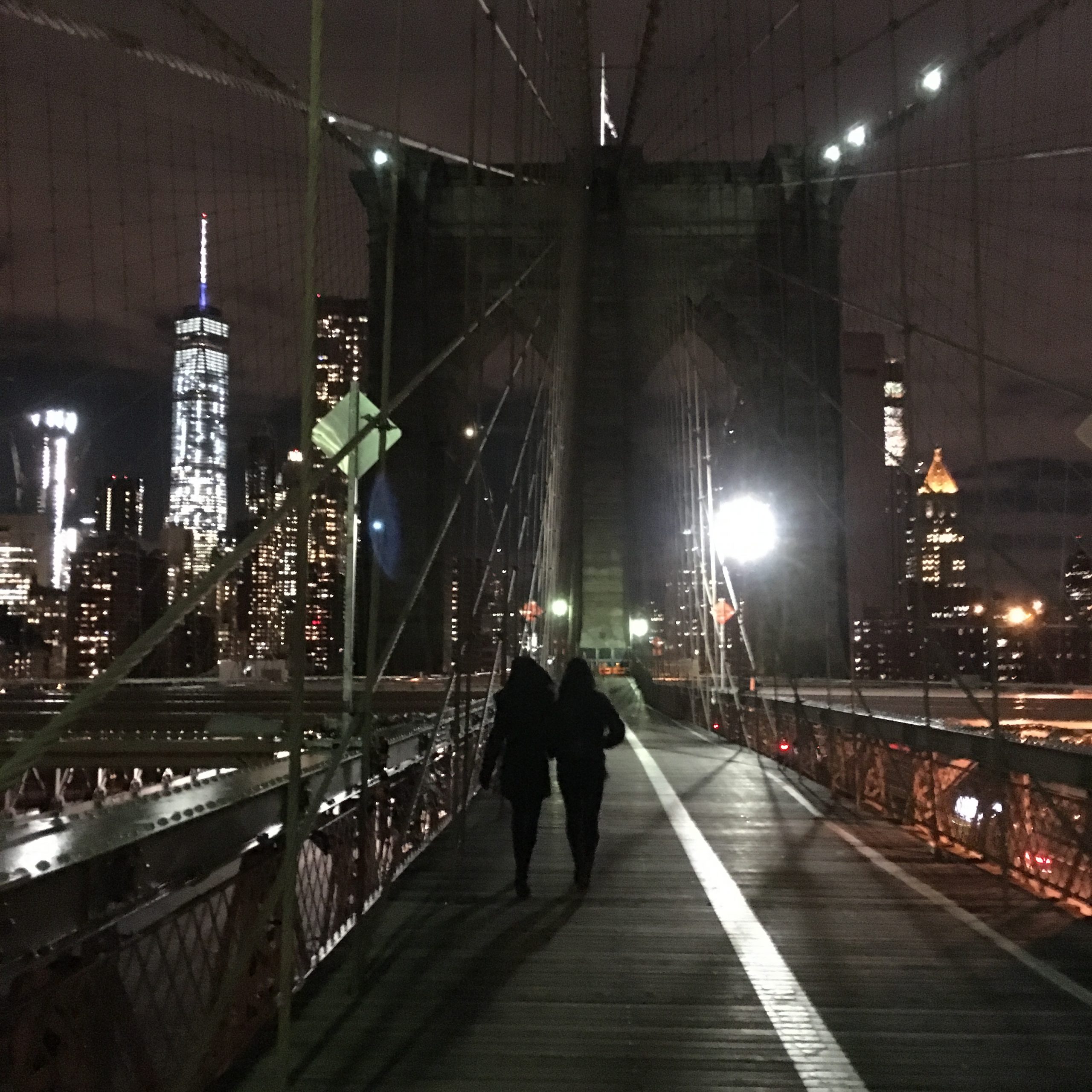The Hudson Tunnel and the Brooklyn Bridge among the top five infrastructure dangers in the US
 Delays in the Hudson Tunnel Project are putting thousands of travelers at risk of dying in a major infrastructure disaster every day. The Hudson Tunnel which was seriously damaged during Super Storm Sandy after salty water flooded the tunnel has since been suffering from rapid deterioration. The project to built another tunnel under the Hudson River and to rehabilitate the old one has been postponed mainly because the Trump administration refuses to make good on the previous decision by the Obama administration to pay for half of the project which is estimated at $11.6 billion. Every day an average 450 Amtrak trains carry an estimated 200,000 passengers through the tunnel which is kept operational by ongoing emergency maintenance. Amtrak says the tunnel is safe however the salty water that entered the tunnel during super storm Sandy left behind corrosive chlorides which are attacking the concrete tunnel liner and bench walls where the electrical and train signaling systems are located.
Delays in the Hudson Tunnel Project are putting thousands of travelers at risk of dying in a major infrastructure disaster every day. The Hudson Tunnel which was seriously damaged during Super Storm Sandy after salty water flooded the tunnel has since been suffering from rapid deterioration. The project to built another tunnel under the Hudson River and to rehabilitate the old one has been postponed mainly because the Trump administration refuses to make good on the previous decision by the Obama administration to pay for half of the project which is estimated at $11.6 billion. Every day an average 450 Amtrak trains carry an estimated 200,000 passengers through the tunnel which is kept operational by ongoing emergency maintenance. Amtrak says the tunnel is safe however the salty water that entered the tunnel during super storm Sandy left behind corrosive chlorides which are attacking the concrete tunnel liner and bench walls where the electrical and train signaling systems are located.
According to a recent article in Construction Dive, the delay in the Hudson Tunnel Project is on the top of the list of the five biggest infrastructure disasters waiting to happen in the US. The second one is the portion of U.S. Highway 1 that runs on the East Coast of Florida. The Highway is on the top of the list of America’s most deadliest roads with more than 1000 people dying in crashes yearly. The Mojave River Dam in San Bernardino is number 3 on the list. The dam has a high risk to fail according to the U.S. Army Corps of Engineers which assess the risk of failure of American dams. A failure of the Mojave River Dam threatens 300,000 people living in communities located as far as 140 miles away from the dam. The Brooklyn Bridge is number 4 on the list of the largest infrastructure dangers in the US. The Brooklyn Bridge is listed among 46,000 other bridges in the US which are structurally deficient. However, the bridge might soon be removed from the list as it is undergoing a $238 million rehabilitation. Last on the list of the top 5 infrastructure disasters waiting to happen is the lead contamination of the water in Chicago. The use of lead pipes as service lines was banned by federal laws in 1986 but Chicago still relies on 400,000 lead service lines to bring the water into 80% of the city’s homes. As a result two thirds of Chicago homes have lead in their tap water and one third of them have a lead level which is above the level autorized in bottled water.
 New York Personal Injury Attorneys Blog
New York Personal Injury Attorneys Blog


